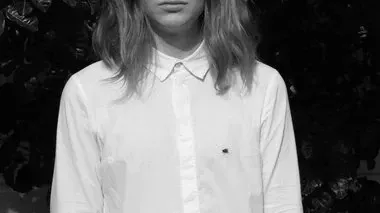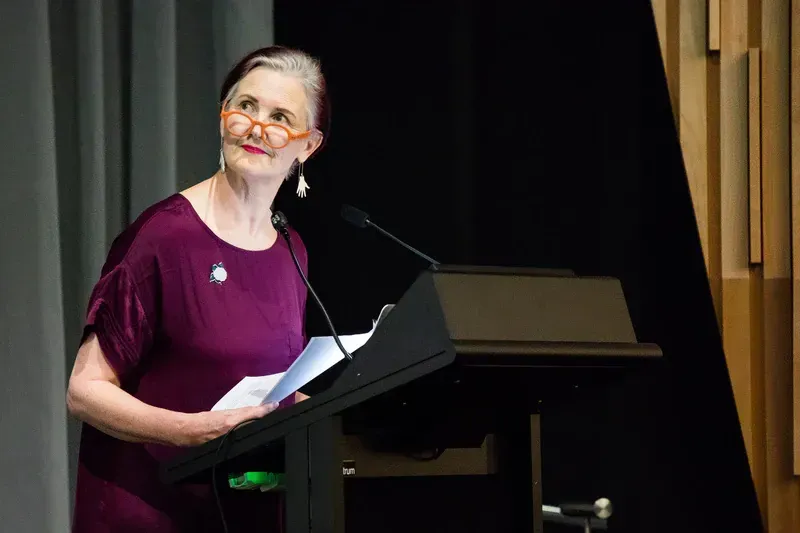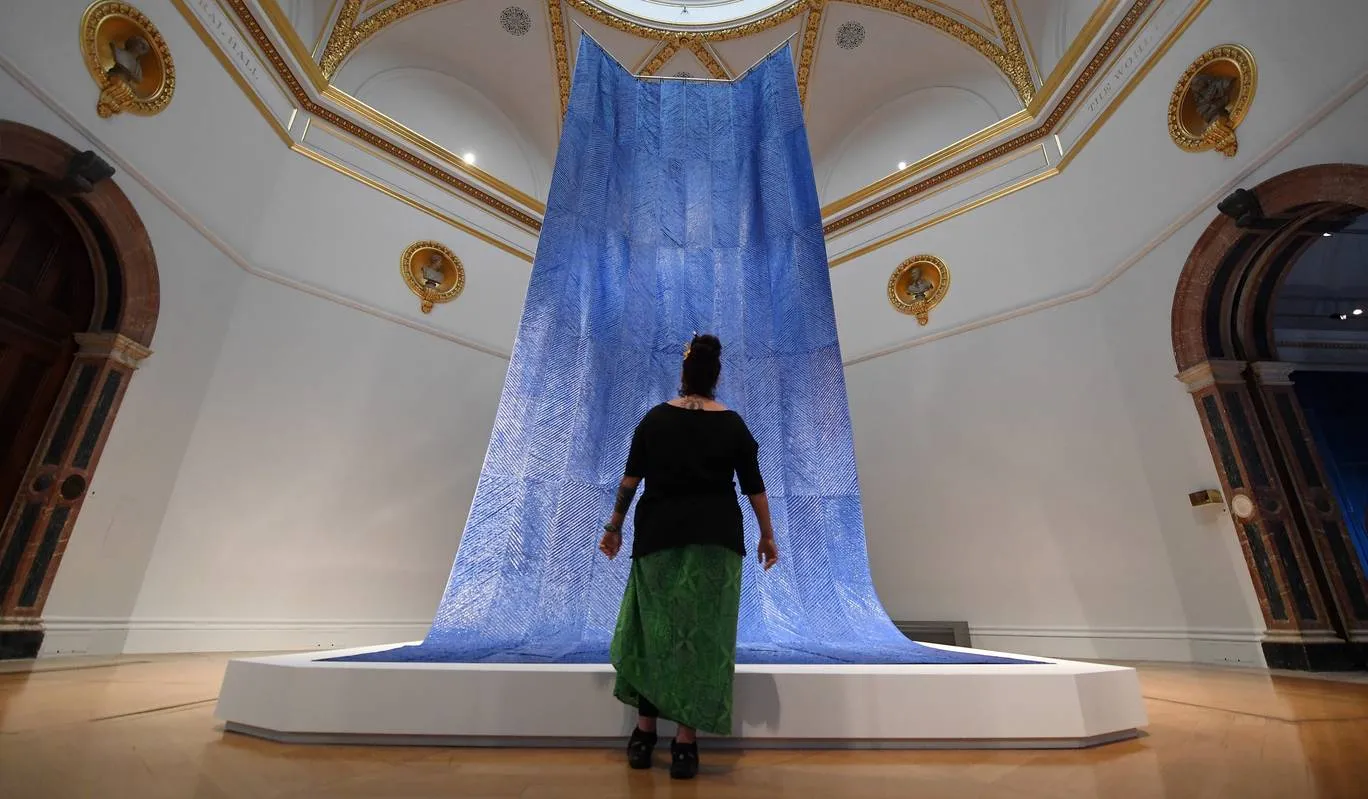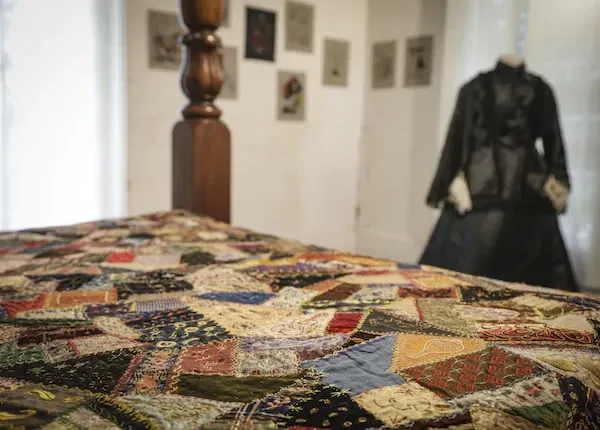Lowdown #32: It's a wrap!
Written by
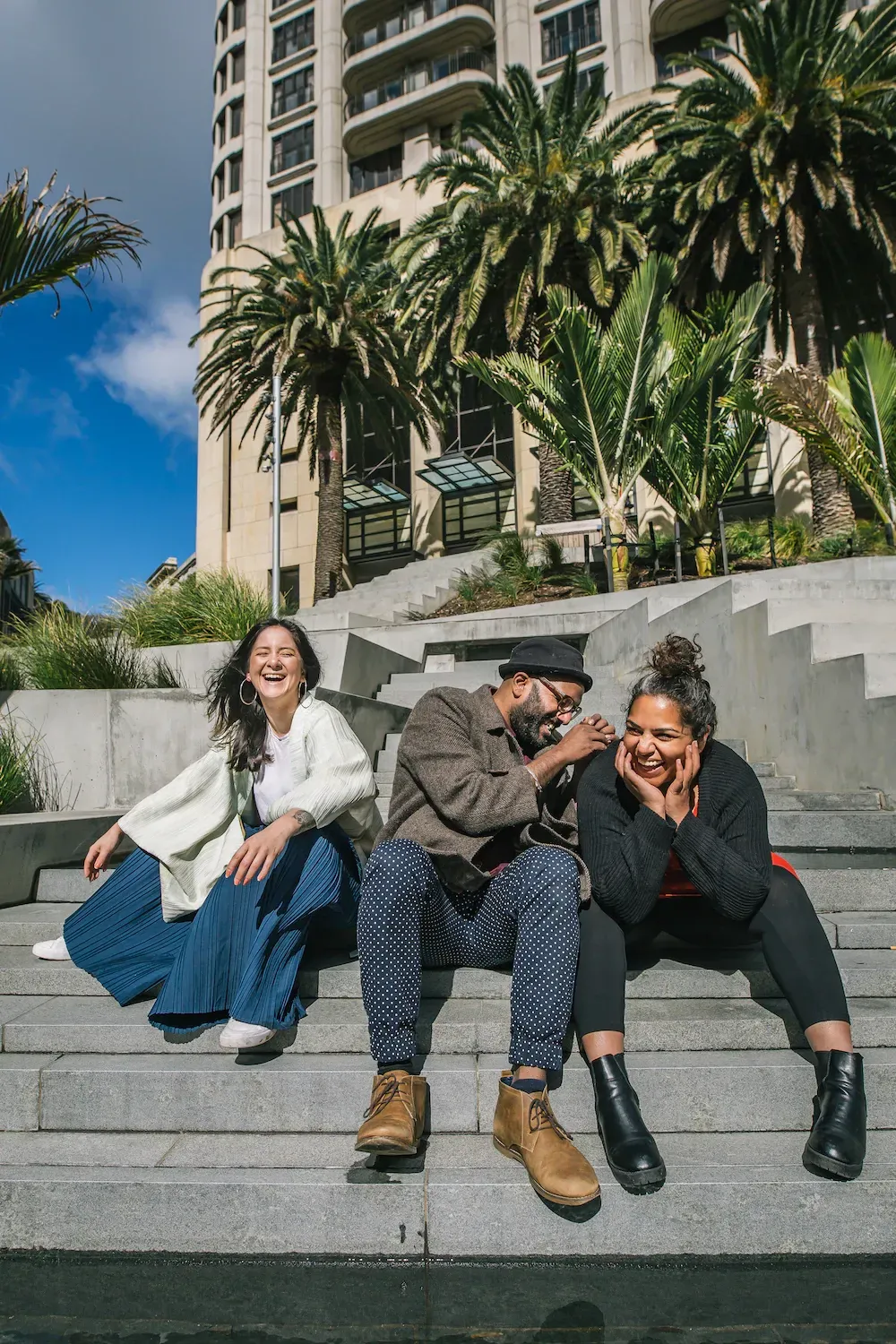
It felt like the centre finally gave way. And everyone flooded in. That centre? Well, as clumsy an analogy as it is, I imagine a great white male bath plug being dislodged; and a flood of glorious, multiplicitous expressions of difference escaping, dislodging a fair amount of hairy gunge along the way. Politically and culturally we were transitioning.
In the arts that multiplicity had been building for years, but it no longer felt on the outer. It became the swirling centre. Where once we overused the word innovation, now it's ‘diversity’. We are diverse, period. Public bodies and organisations continued to scramble to catch up. Artists led in discussing the complexity of our concerns and exploring new ways of working together.
What followed #metoo
This was the year that followed the birth of the #metoo movement. Almost daily, the headlines in our news feeds told us that people were no longer going to stay silent: about inequity, about abuse, about harrassment, and about bullying. Primary school teachers went on strike for the first time in 24 years, then not long after 30,000 nurses walked off the job. Angry or hurt people found constructive action.
It was there in the arts. After announcing plans for an all-male Taming of the Shrew, The Pop Up Globe had to dramatically change its plans in the wake of brave protest from aghast artists (like this) #fedup. The Royal New Zealand Ballet was battling claims of bullying. And Francis McWhannell gets my writer of the year award for being brave enough to both write about sexual abuse from an arts patron (in new platform Extended Conversations - a second set of texts just published) and to raise concerns about the voluntary nature of Creative New Zealand’s attendant positions at the Venice Biennale (which appear to have been heard). Then there was last week’s stand by New Zealand comedians led by the Fan Brigade to raise funds for those who feel vulnerable getting home late at night from their comedy gigs, after a rape and murder in Melbourne - as reported in the last Lowdown.
And speaking of not going away quietly, there were protests across the country to the cuts to art history in major universities Otago and Victoria and the specialist libraries of the University of Auckland. Battle lines were drawn about the value placed on the arts, and the threat of an emerging middle class antipathy to them – as Peter Gilderdale wrote in The Spinoff.
A marker of the times was Luke Willis Thompson’s ‘Autoportrait’ becoming a finalist for the UK’s Turner Prize. Not just because the work provides a composed collaborative image of American Diamond Reynolds, who had taken reporting into her own hands with her smartphone in 2017 when her boyfriend was shot by a policeman, but for the discussion the work was a lightning rod for. A UK activist collective protested Willis Thompson’s nomination saying he made profit from “the suffering of the black and marginalised” with suggestions that the mixed race artist’s fair skin gave him white privilege.
Language knows no bounds
Collaborative creation and storytelling is now also in the contemporary centre. And that moment is led quite naturally by indigenous women. Waru in 2017 was a game changer – eight Māori women telling a story concerning child abuse – and filming this year has been Vai, created by eight Pacific Island women. In 2017 the Mata Aho collective, comprised of four Māori women featured in Documenta in Europe and this year were a central contemporary presence in Oceania, a major exhibition celebrating the art of the Pacific at London’s Royal Academy. Again, relish a marker of the times: Mata Aho meeting the newly wed Duchess of Sussex Meghan Markle at the opening and stressing to her “the importance of the health of our oceans and waterways”.

A highlight in Wellington was the recognition of the crossmedia collectivity and collaboration of ‘90s ‘fashion activists’ the Pacific Sisters, in an exhibition as part of the launch of Te Papa’s new impressive art spaces Toi Art (where a new energy for the art of the Pacific was most evident).
And with the blokes for a moment, still resonant decades on in collective crossmedia was the Auckland Festival Te Uru exhibition and performance series of From Scratch, 555 Moons, involving many fresh collaborations, from Pitch Black to Orchestra of Spheres (the show is now at City Gallery Wellington).
And if musically collaboration across genre and individuals was strong, there was also plenty of evidence internationally in music that the formats are changing to match our smartphones. One of my favourite albums of the year is Philadelphia rapper Tierra Whack’s Whack World, 15 perfectly constructed tracks each exactly one minute long, and each released on instagram with a short film.
Even New Zealand classical music showed signs of the time, the Best Classical Award at the music awards going to composer Eve de Castro Robinson for The Gristle of Knuckles, an album involving strong reimaginings of her work from everyone from Delaney Davison to Nathan Haines.
Following that Rattle Records release for me, the idea that contemporary art and composition no longer knows no language bounds was beautifully encapsulated by Sriwhana Spong’s a hook but no fish at Govett-Brewster and the Pumphouse Gallery London, working across sculpture, film, music, painting and performance to consider language and the body, inspired by 12th century composer Abbess Hildegard von Bingen and other collective women mystics.
125 years of Suffrage
The marking of 125 years of women’s suffrage was omnipresent across the arts. Discussion about female representation also carried the clear message that not programming women equally was simply no longer good enough.
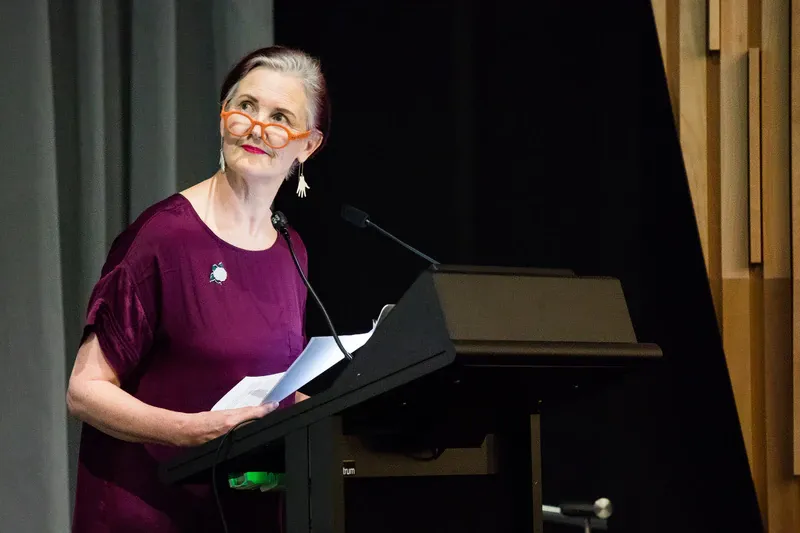
Eve de Castro Robinson raised questions about what hadn’t changed for female composers in the Lilburn lecture and one of my favourite conversations I had as an interviewer this year was on TNZ Concert with visiting South African choreograher Andrea Schermoly on what it means to have women creating ballet for women - in the rare female choreographed Royal New Zealand Ballet season Strength and Grace.
In film there were signs from the funders of listening. The NZ Film Commission announced a 125 Fund and released details this month of three feature films to be directed by women. This in the year Jackie Van Beek and Madeline Sami’s The Breaker Uppers was a popular hit. In comedy male dominance has also finally well and truly been usurped - the biggest news of the year was Rose Matafeo’s Edinburgh comedy win.
In music it feels like dramatic shift has already happened. Following Lorde’s huge success, one of the great international breakthrough acts of the year looks likely to be The Beths (Future Me Hates Me, an easy album of the year for me). And who would have thought our other big international hit would be a young heavy metal band from Waipu performing in Te Reo Maori, Alien Weaponry.
Complicated love
I made the observation on the white male centre finally giving way when kicking off a contemporary art 2018 best of podcast just released online by Circuit. Aptly titled Complicated Love it features their astute excellencies artist Shannon Te Ao, and curators Simon Gennard and Heather Galbraith, who all produced strong work this year. And all noted how in the minority in our end-of-year lists were works that weren’t by women, Maori, Pacific Island artists, or members of the LGBTQI community.
You can see that in ‘Whakanuia: 10 Exhibitions to Celebrate from 2018’ on Pantograph Punch, published this week, or in the work of this year’s Walters Prize finalists. And, in the performing arts it was just as evident in the outside-the-box difference of the winners at the Wellington Theatre Awards and this last week in the online announced winners of the Auckland Theatre Awards.
One image summed it up for me. For this year’s annual NZ theatre journal, Playmarket Annual, Andi Crown photographed theatre makers Alice Canton, Ahilan Karunarahan and Nisha Madhen looking joyous in Auckland’s High Street (pictured). Inside its pages the three talked passionately about not being afraid to work within the boxes, laugh at the labels they’re given, and then change those boxes shapes. “As someone who sits in a margin,” Nisha said, “I am used to responding/surviving/adapting/integrating (for good or bad) so that I can live amongst the dominant powers of the world.”
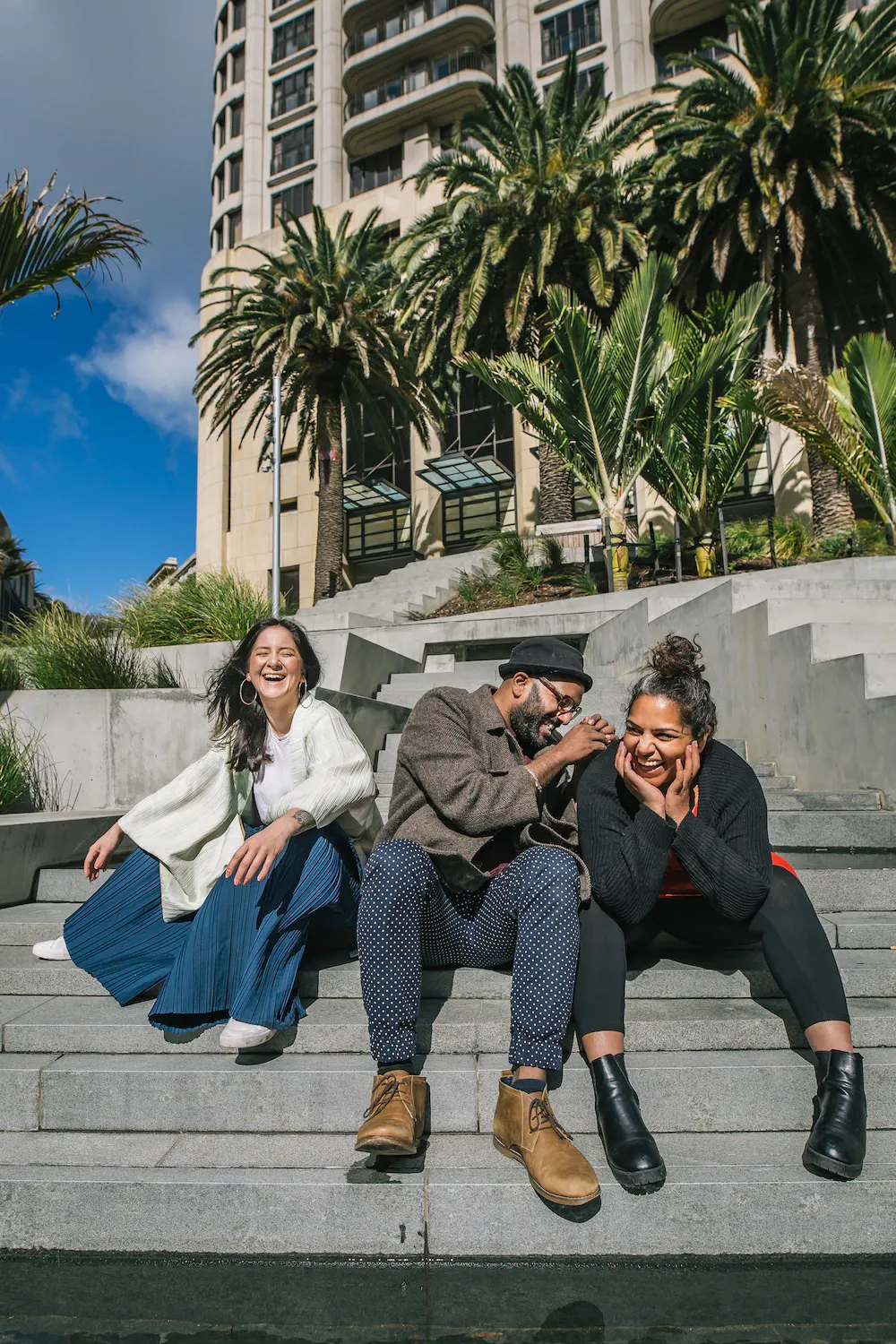
By year’s end Nisha had picked up a community spirit prize at the Auckland Theatre Awards, and Ahilan’s outstanding Tea during the Auckland Festival got an ‘excellence for overall production’ gong, on top of winning the Bruce Mason Playwriting Award. Next year he’s directing for the Auckland Theatre Company. In 2018 what had previously felt like it was considered of the margin came to the centre.
Transitioning
But gender in 2018 was also increasingly fluid. In 2017 and into 2018 we were not only bingewatching The Handmaids’s Tale, but also American series Transparent, revolving around a man who late in life comes out as a trans woman. On a mid year trip to Auckland I saw the Cannes winning Belgian transgender ballet film Girl one day in the International Film Festival, Taylor Mac’s international hit play Hir produced by Silo Theatre about a family with a transgender teen, the next. A highlight early in the year in Wellington was Aliyah Winter’s hardening at Enjoy Gallery, such healing work (particularly its gentle mesmeric video, now online) centred on the story of a German person of indeterminate gender in Wellington in 1917, Dr Hjelmar von Danneville. I was drawn to all this work not by the subject but the distinction of the work.
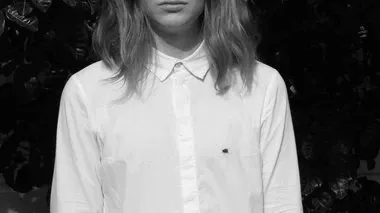
As we end 2018 meanwhile many big arts organisations themselves seem in a state of transition, perhaps a little adrift in this new sea. We have lost key pubic gallery directors in Auckland, New Plymouth and Christchurch. New Zealand Opera has shed key staff and board, and new director Thomas de Mallet Burgess looks set to take things in new directions. Court Theare Christchurch and Auckland Theatre Company will take on new heads, the latter losing theirs to the Ballet, Lester McGrath. Dunedin in the Fortune (let us not forget) lost its theatre and, announced this week, is outsourcing an assessment of its needs. Christchurch moves the Court Theatre back into the city but hasn’t answered the calls yet for better space for the rest of the diverse theatre culture, as represented by the Andromeda Theatre proposal. The body representing visual artists’ rights the Artists Alliance closed. Even the Arts Foundation has announced it is reviewing its funding strategies. The smell of change is there. ‘Pause to evolve’ the Foundation neatly titled its announcement.
Transition in the museum sector was also very apparent, with the notion of radical new approaches in relationship to collections being actively discussed at both Te Papa and Auckland Museums. Show of the year for me might well have been The Rooms at Tauranga’s historic catholic mission house The Elms, where artists took over the collections and rearranged them to readdress colonial history.
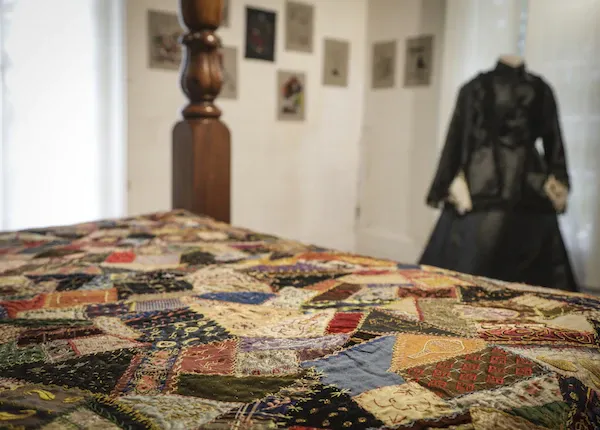
The Wind is Up
No-one in their approach to the arts was more in transition than our new Labour government. Thus far a new coalition government has delivered plenty of platitudes about the value of the arts and access without yet delivering. It has focussed cautiously instead, arguably quite rightly, first on steadying its under-resourced Ministry for Culture and Heritage. But the needs in an exhausted arts sector remain high.
It could start with funding new media initiatives that connect up the arts with a wider public. It has not been a good year for the arts in this regard. This Lowdown was founded early in the year with a concern about doing a little something about arts media fragmentation. It got worse with the yet more inevitable cutbacks on arts writing at Stuff. While Pantograph Punch championed long form arts writing, Theatrescenes in Auckland provided vital reviews (don’t miss this on Sky City’s City of 100 Lovers) and in Christchurch Artbeat launched, there generally seemed little appetite for shorter form reviews - which the arts introduction to the mainstream of society thrives. A key issue remains, that of the arts media existing in silos. We need to find ways to connect a wider public to all this work that matters.
But in so much activism and vital work there is so much to be excited about for 2019. Jo Randerson expresses it in the title of her powerful new book of poems: The Wind is Up and We’re On. With love and humour the poems channel anger at ten years of avoidance of inequality. But their editing in 2018 feels like it might have been key: she ends her author’s note thus:
“These poems were edited while a new prime minister came into office and gave birth to her child. They were printed just after a rare whale entered Te Whanganui a Tara (the harbour where I live) and our city put the annual fireworks display on hold so as not to disturb the journey of this large and inspiring creature.”
The love may have been complicated, but it was a miraculous year.
Want more of the Lowdown? Check out Mark Amery's past Arts Media Lowdowns here and subscribe here to our weekly bulletin so it comes straight to your inbox.
News and content ideas are welcomed for future editions of Arts Media Lowdown. Please send to mark.amery@thebigidea.co.nz.
Image credits, from the top:
Mata Aho Collective, Kiko Moana, 2017. Polyethene tarpaulin and cotton thread, 400 x 1100 cm. Installation view at the Royal Academy, London.
Eve de Castro Robinson. Image by Mark Beatty, Imaging Services, Alexander Turnbull Library
Theatre makers Alice Canton, Ahilan Karunarahan, and Nisha Madhen. Image: Andi Crown
Aliyah Winter, hardening, 2017, single channel moving imgae, 4:18mins, digital still. Image courtesy of the artist
Vita Cochran, Euphemia’s Story (detail), 2018. Photo: Andrew Warner. Installation view at The Rooms.
